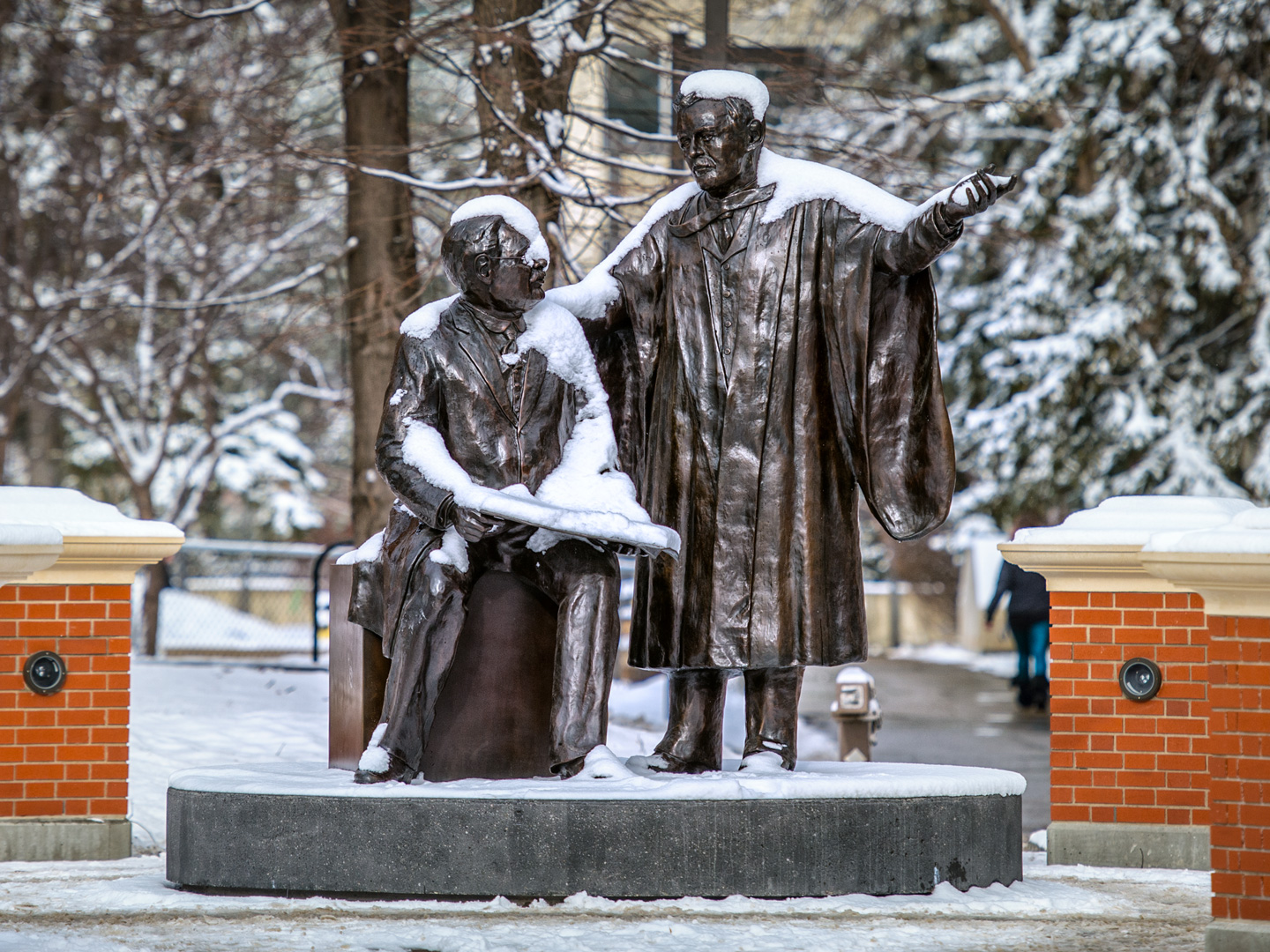UAT: Moving Forward
Bill Flanagan - 04 February 2021

University of Alberta for Tomorrow (UAT) continues to have a bold vision: to set a new direction for the university that will renew and transform our leadership in higher education and research and drive ever greater social and economic growth, innovation and creativity for the public good of the province and beyond. Over the past six months, we have engaged in a comprehensive community consultation process, planning for this transformation, including extensive discussions relating to academic and administrative restructuring.
A key outcome of our consultations to date is the recent Board decision to establish, effective July 1, 2021, three new colleges in the Health Sciences, Social Sciences and Humanities, and Natural and Applied Sciences. Over the next six months, we will now start in earnest the implementation of UAT, with a focus on the Service Excellence Transformation (SET) initiative, building our new colleges, and integrating other core academic functions and units into both.
While our immediate financial goals are to reduce costs and maintain service quality, our longer-term goal remains sustainable growth and reinvestment in our core mission of teaching, research, and community engagement. We are actively exploring strategic opportunities to grow, including increasing enrollment, developing new online programs, expanding continuing education offerings and micro-credentials, and repurposing some of our assets to drive revenue growth for the university. With growth, we will renew faculty ranks, further enrich the student experience and deepen our research impact.
The new colleges will form the foundation for even greater university-wide collaboration and engagement with interdisciplinary and multidisciplinary teaching and research, further enhanced by the unique roles that will continue to be played by our community-focused faculties. Together as one university, we can tell an even more compelling story about the impact and relevance of the teaching and research strength of the University of Alberta. Our mission will be to advance the whole spectrum of human health and wellness, advance science from pure discovery to impacts that can improve all our lives, and build an inclusive, equitable, just, prosperous and creative society with opportunity for all.
The colleges will also play a key role in achieving administrative savings. Due to economies of scale, we know that larger academic units can provide high-quality administrative services at a much lower cost. Without creating larger academic units, we simply could not achieve our targeted savings without serious adverse impacts on teaching and research.
As demonstrated in the chart below, UAT has set an ambitious goal for the university, to reduce our administrative costs by $95M while at the same time maintaining a consistent level of high-quality services to our faculty, staff and students. Although ambitious, it is possible. We will do this by reimagining and restructuring how we provide services across the university, focusing on achieving the savings that are possible with economies of scale, increased levels of specialization and investments in automation. Maintaining our commitment to accountability and service excellence, throughout this transformation we will continually monitor and report on levels of service satisfaction with a clear focus on meeting the needs of all our service users, including faculty, staff and students.
Figure 1: Change in spending on administrative supports as we move towards our UAT goal

Currently, approximately half of administrative support is provided inside faculties and departments. Under SET, central university services and the colleges will instead provide a substantial amount of that support to the faculties. This process will now begin and will be implemented over the next year.
The college deans have begun consulting with faculty deans, and with them, will soon launch a broad consultation and engagement process to develop a mission and vision for each of the colleges. They will also work with colleagues in units across the university to gather feedback and advice on developing shared functions and services at the college level in alignment with the university’s new administrative operating model.
The next six months will be challenging. Restructuring will be disruptive. Due to our budget pressures, we must implement these structural changes at the same time as the university community faces ongoing job reductions. Familiar services traditionally available at the faculty level will move to the college level and university services.
But working together, faculty, staff and students alike, we can build a bright future for the University of Alberta. Our transformation will enable us to direct the maximum amount of our resources to our core mission of teaching, research and community engagement. It will also lay the foundation to seize opportunities for growth, to reinvest in our core mission, and to broaden our impact in the communities we serve here in Alberta and around the world.
Bill Flanagan
President and Vice-Chancellor